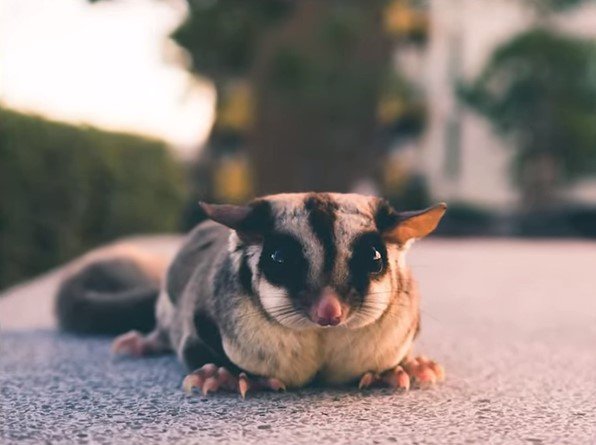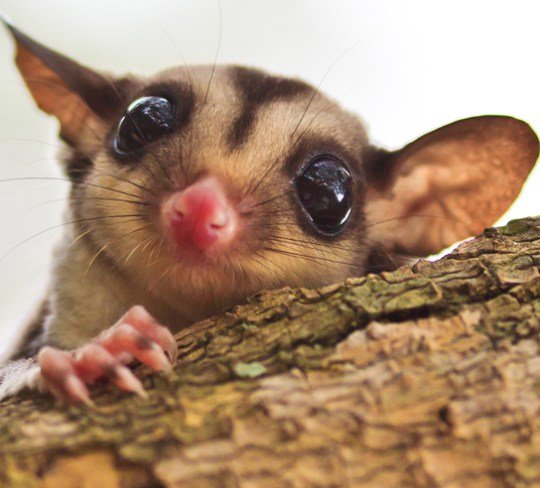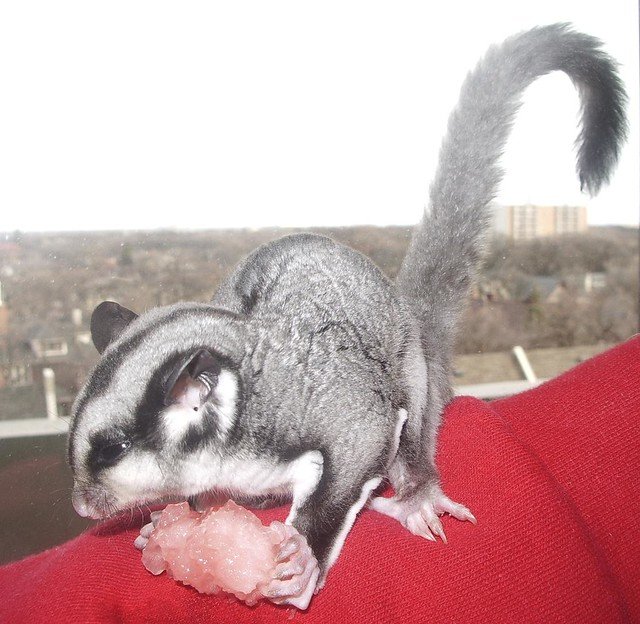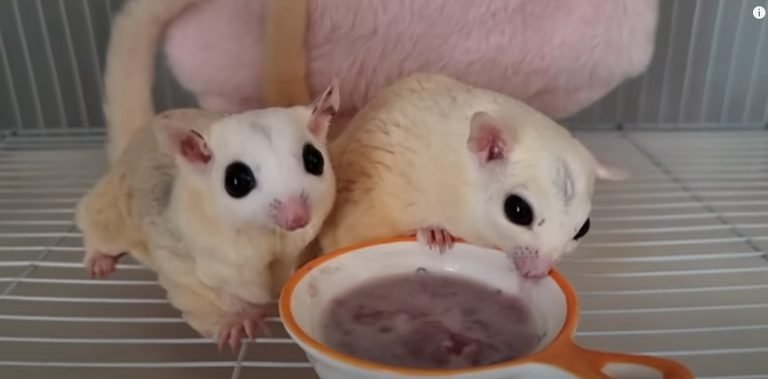What Country Are Sugar Gliders From
What Country are Sugar Gliders From?
If you’ve ever seen a sugar glider, you probably couldn’t help but be fascinated by their adorable appearance and unique characteristics. These small, nocturnal marsupials are known for their gliding ability and their endearing nature as pets. But have you ever wondered where sugar gliders come from? In this article, we’ll delve into the origins of sugar gliders and uncover the country they call home.
The Native Habitat of Sugar Gliders
Sugar gliders, scientifically known as Petaurus breviceps, are native to the lush forests of Australia, particularly the eastern and northern parts of the country. They can be found in a wide range of habitats, including woodlands, rainforests, and even suburban areas with plenty of trees.
In the wild, sugar gliders primarily inhabit the canopy of trees. Their unique gliding ability allows them to effortlessly traverse the treetops, hopping from branch to branch using a patagium, which is a membrane of skin that stretches from their wrists to their ankles. This adaptation enables them to cover long distances and avoid predators on the forest floor.

Why are Sugar Gliders Only Found in Australia?
Australia is known for its diverse and unique wildlife, and sugar gliders are no exception. The continent’s isolation from the rest of the world for millions of years has allowed for the evolution of distinctive flora and fauna. This is why many marsupials, including sugar gliders, are endemic to Australia and can’t be found anywhere else.
Sugar gliders have evolved alongside the native trees and plant life in Australia, making them perfectly adapted to their environment. The abundance of eucalyptus trees, which provide both food and shelter, has played a significant role in shaping the sugar glider’s habitat and diet.
The Diet of Sugar Gliders
Sugar gliders are omnivorous creatures with a diet that primarily consists of tree sap, nectar, pollen, and insects. In the wild, they feed on the sweet sap found in various tree species, such as eucalyptus, acacia, and melaleuca. They also consume the sweet nectar from flowers and feast on the soft bodies of insects.
In captivity, sugar gliders are typically fed a diet that consists of a variety of fruits, vegetables, protein sources, and specially formulated pellets. To mimic their natural feeding behavior, some owners even provide them with commercial sap replacements. It’s important to note that the nutritional needs of sugar gliders can be quite specific, and a well-balanced diet is crucial for their health and well-being.
Sugar Gliders as Pets
Due to their charming appearance and unique behaviors, sugar gliders have become popular pets all around the world. However, it’s essential to understand that they are exotic animals with specific care requirements. Before considering adding a sugar glider to your family, it’s crucial to research their needs and ensure that you can provide them with a suitable environment.
Sugar gliders are highly social animals and should ideally be kept in pairs or small groups. They require plenty of mental and physical stimulation, as well as a proper diet. Additionally, it’s important to note that some countries and states have restrictions or regulations on owning sugar gliders as pets, so it’s vital to check local laws before considering adoption.
Frequently Asked Questions
1. Can sugar gliders be kept as pets outside of Australia?
Yes, sugar gliders can be kept as pets in countries outside of Australia. However, it’s important to research the local laws and regulations regarding exotic pets to ensure compliance.
2. Are sugar gliders difficult to care for?
Sugar gliders require a significant commitment in terms of care and attention. They have specific diet and environmental requirements and need social interaction to thrive.
3. How long do sugar gliders typically live?
In captivity, sugar gliders can live around 12 to 15 years with proper care. In the wild, their lifespan may be shorter due to factors such as predation and disease.
4. Can sugar gliders bond with their owners?
Yes, sugar gliders have the potential to bond with their owners. With patience, trust-building, and consistent interaction, they can develop close relationships with their human caregivers.
5. Are sugar gliders legal as pets everywhere?
The legality of owning sugar gliders as pets varies from country to country and even within different states or provinces. It’s crucial to check local regulations before considering adoption.
Final Thoughts
Sugar gliders are captivating creatures that have become beloved pets for many people around the world. While they may not be native to every country, their unique attributes and endearing nature have made them popular companions. However, it’s important to remember that sugar gliders have specific care requirements and should only be adopted by individuals who can provide them with the attention and environment they need to thrive.







